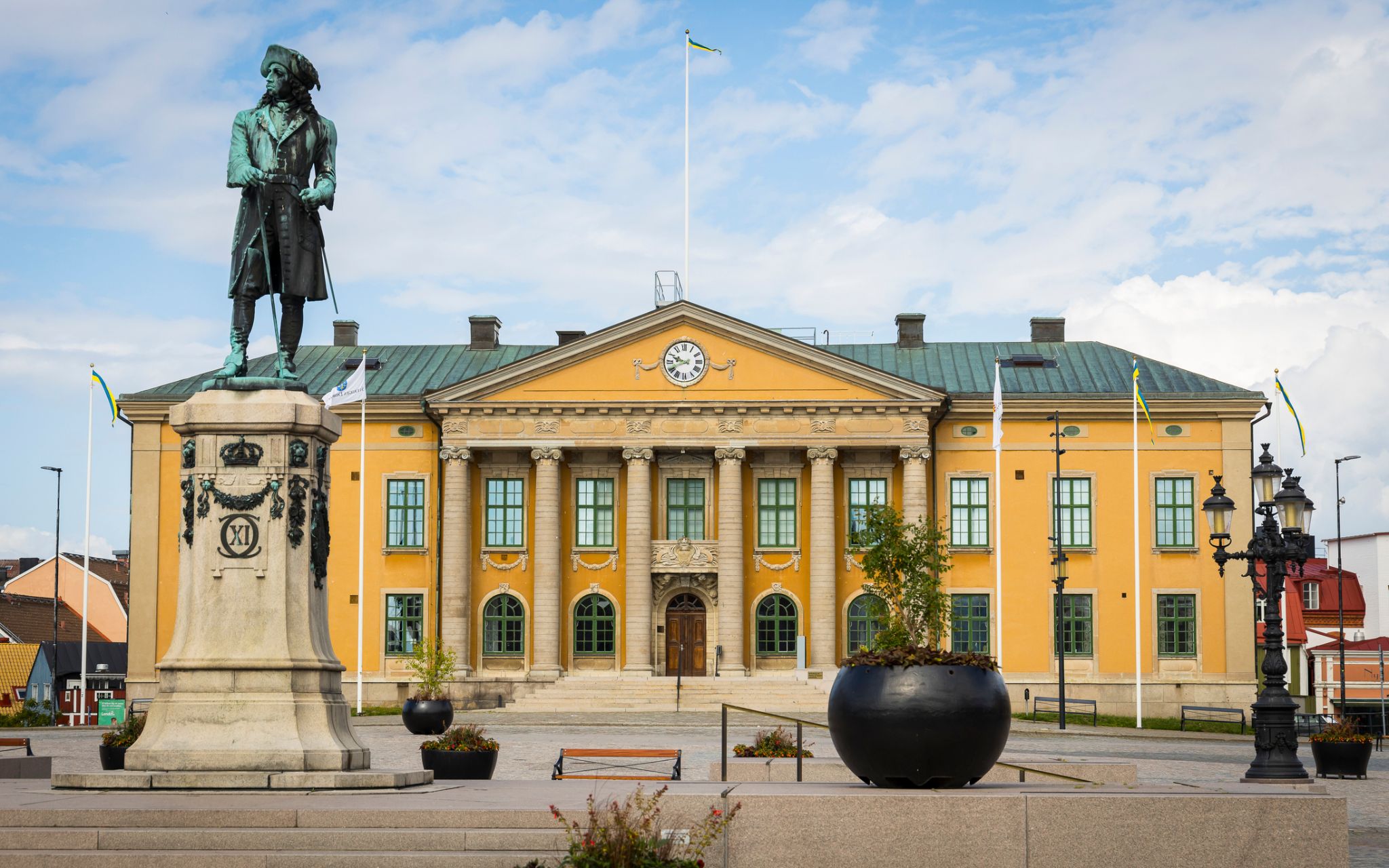

| Cruise Region : Europe |
| Company : Oceania Cruises |
| Ship : VISTA |
| Journey Start : Wed 12 Aug 2026 |
| Journey End : Thu 27 Aug 2026 |
| Count Nights : 15 nights |
| Day | Date | Port | Arrival | Departure |
|---|---|---|---|---|
| 1 | 12.08 Wed | Belfast / Great Britain | 06:20 | 19:00 |
| 2 | 13.08 Thu | Douglas / Maine Island | 08:00 | 18:00 |
| 3 | 14.08 Fri | Derry / Great Britain | 07:00 | 19:00 |
| 4 | 15.08 Sat | Portree / Great Britain | 09:00 | 18:00 |
| 5 | 16.08 Sun | Scrabster / Scotland | 07:00 | 17:00 |
| 6 | 17.08 Mon | Invergordon / Great Britain | 07:00 | 17:00 |
| 7 | 18.08 Tue | Day at sea / Sea | ||
| 8 | 19.08 Wed | Kristiansand / Norway | 07:00 | 17:00 |
| 9 | 20.08 Thu | Copenhagen / Denmark | 10:00 | |
| 10 | 21.08 Fri | Copenhagen / Denmark | 20:00 | |
| 11 | 22.08 Sat | Berlin / Germany | 07:00 | 21:00 |
| 12 | 23.08 Sun | Ronne / Denmark | 07:00 | 17:00 |
| 13 | 24.08 Mon | Karlskrona / Sweden | 07:00 | 16:00 |
| 14 | 25.08 Tue | Day at sea / Sea | ||
| 15 | 26.08 Wed | Day at sea / Sea | ||
| 16 | 27.08 Thu | London / Great Britain | 07:00 | 21:00 |
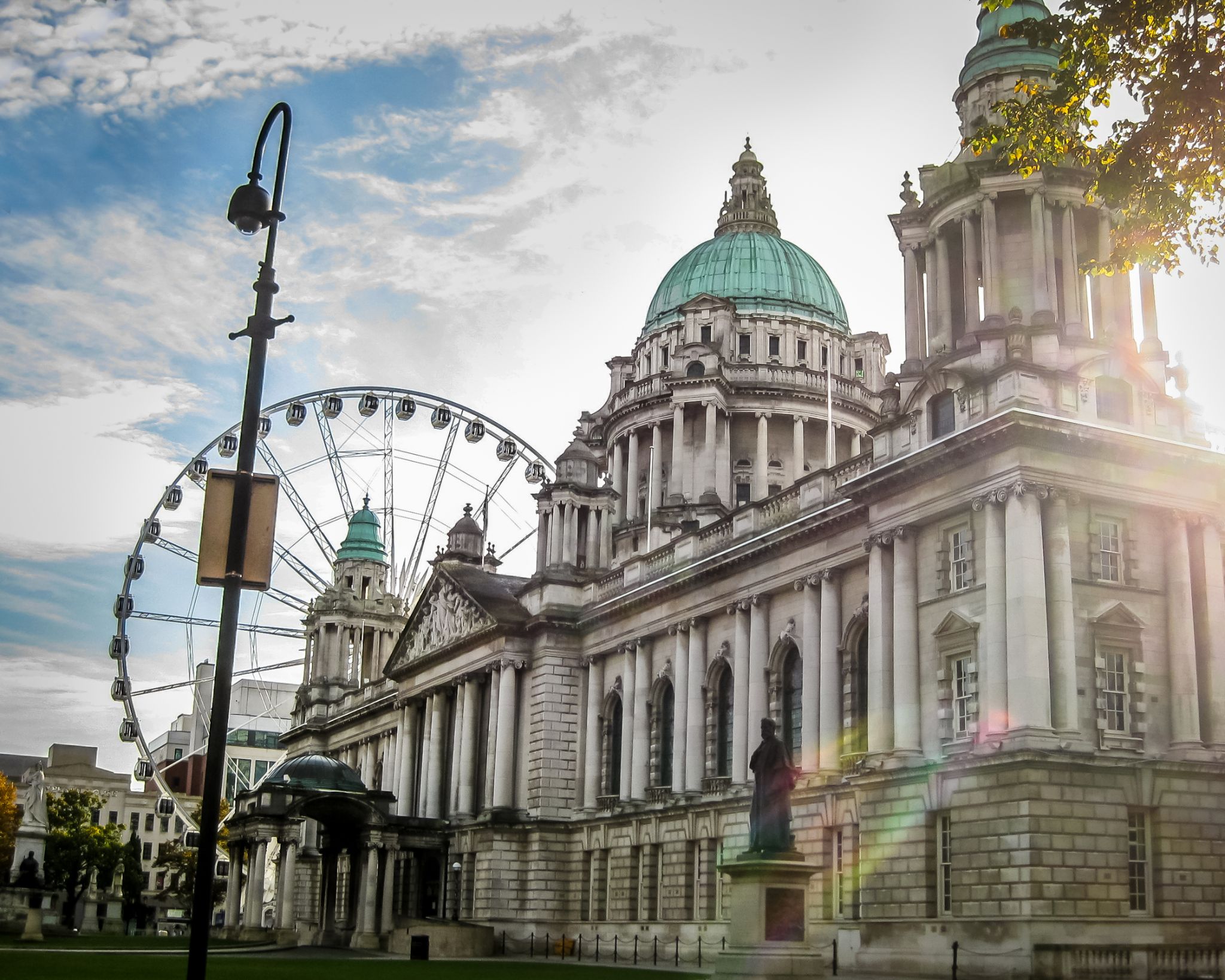
Belfast is a port city in the United Kingdom and the capital city of Northern Ireland, on the banks of the River Lagan on the east coast of Ireland. It is the largest city in Northern Ireland and second largest on the island of Ireland. It had a population of 333,871 in 2015.
By the early 1800s Belfast was a major port. It played a key role in the Industrial Revolution, becoming the biggest linen producer in the world, earning it the nickname "Linenopolis". By the time it was granted city status in 1888, it was a major centre of Irish linen production, tobacco-processing and rope-making. Shipbuilding was also a key industry; the Harland and Wolff shipyard, where the RMS Titanic was built, was the world's biggest shipyard. It also has a major aerospace and missiles industry. Industrialisation and the inward migration it brought made Belfast Ireland's biggest city and it became the capital of Northern Ireland following the Partition of Ireland in 1922. Its status as a global industrial centre ended in the decades after the Second World War.
Belfast suffered greatly in the Troubles, and in the 1970s and 1980s was one of the world's most dangerous cities. However, the city is now considered to be one of the safest within the United Kingdom. Throughout the 21st century, the city has seen a sustained period of calm, free from the intense political violence of former years and has benefitted from substantial economic and commercial growth. Belfast remains a centre for industry, as well as the arts, higher education, business, and law, and is the economic engine of Northern Ireland. Belfast is still a major port, with commercial and industrial docks dominating the Belfast Lough shoreline, including the Harland and Wolff shipyard. It is served by two airports: George Best Belfast City Airport, and Belfast International Airport 15 miles (24 km) west of the city. It is listed by the Globalization and World Cities Research Network (GaWC) as a Gamma global city.

Douglas is the capital and largest city of the Isle of Man, located in the Irish Sea. The city, rich in maritime history, is known for its picturesque coastal scenery and charming atmosphere. In Douglas, you can take a stroll along the historic promenade, lined with old buildings and modern cafes, and visit the local museum that showcases the island's maritime culture and traditions. The city is also famous for its architectural landmarks, such as the castle and historic Victorian buildings, which add to its unique charm.
The surrounding areas of Douglas offer excellent opportunities for outdoor activities, including hiking trails, coastal walks, and bike tours. The Isle of Man is renowned for its unique nature, and travelers can enjoy views of hills, scenic bays, and traditional villages along the way. This corner of Britain attracts tourists with its unique culture, ancient traditions, and beautiful natural landscapes, making it a perfect spot for a relaxing getaway and exciting exploration.



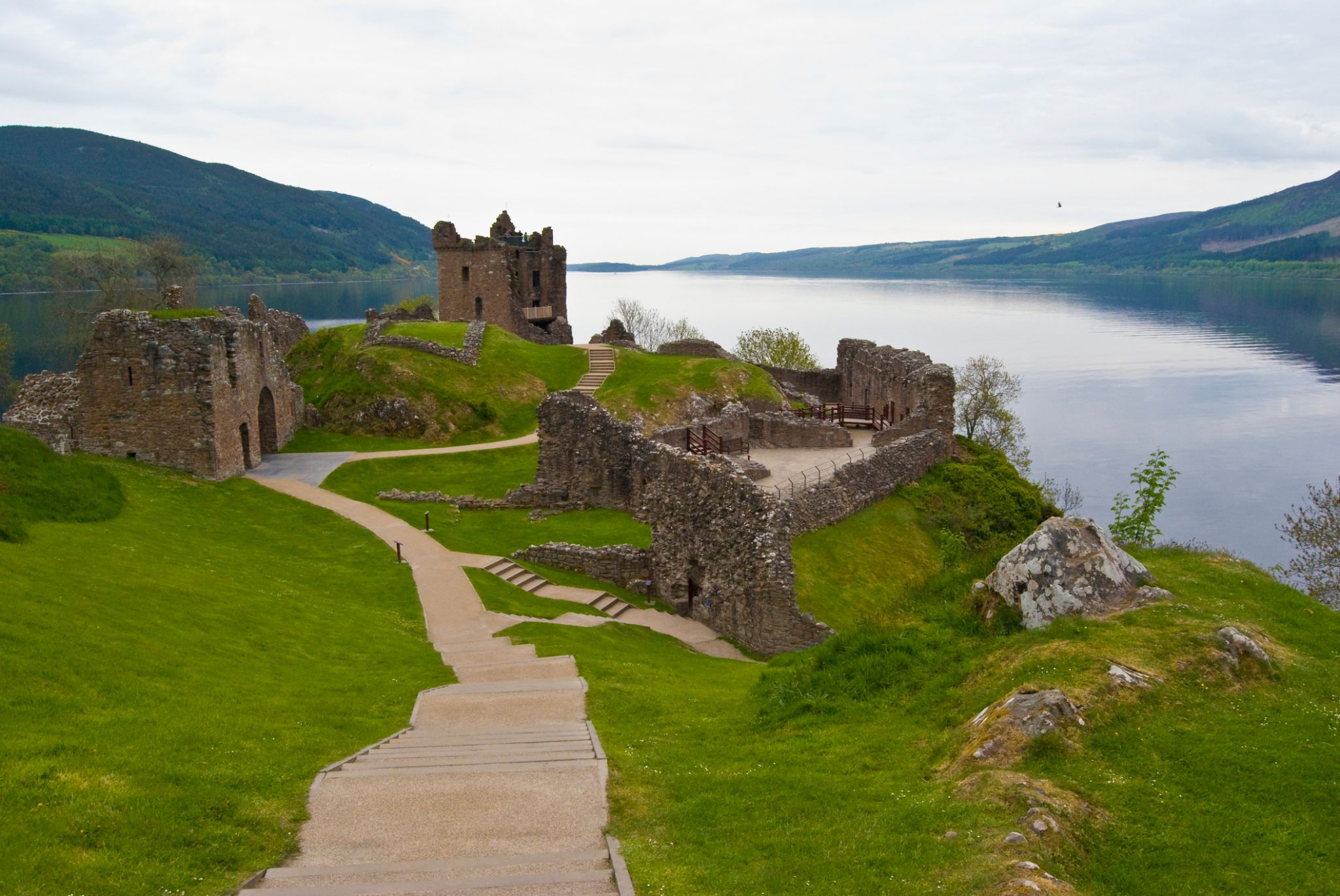
The town is well known for the Invergordon Mutiny of 1931. More recently it has also become known for the repair of oil rigs which line up in the Cromarty Firth on which the town is situated. In the 1970s and 1980s nearby Nigg was known for the construction of these rigs. The yard used for this is now attempting to re-establish itself as a fabricator of large offshore wind turbines and oil rig refurbishment since being purchased by Global Energy Group.
For a number of years Invergordon was the site of an aluminium smelter until 1981 when British Aluminium closed it down. The pipeline that covered the conveyor belt from the smelter to the BA pier was not dismantled until the early 2000s and the two large tanks still stand today as well as a water tower.
It still has a grain whisky distillery, operated by Philippines-owned whisky giant Whyte and Mackay, the output of which contributes to many blended whiskies. Connected to the distillery was the Invergordon Distillery Pipe Band.
At present the port is visited by many large cruise liners each year, as the deep water port allows disembarkation for coach tours in the northern Highlands.
Since the 1970s some would perceive the town as a 'Glasgow colony', since many workers were recruited from southern Scotland to work in the oil rig fabrication and aluminium smelting industries. As a result, the residents' accents often show more influence from Glasgow, than the surrounding Easter Ross dialect of Highland Englishalthough this has changed in recent years.
In recent years Global Energy Group have been expanding, with the purchase of the Nigg fabrication yard it has also brought much appreciated work to Invergordon's Docks with the town again full of oil company workers through the day.

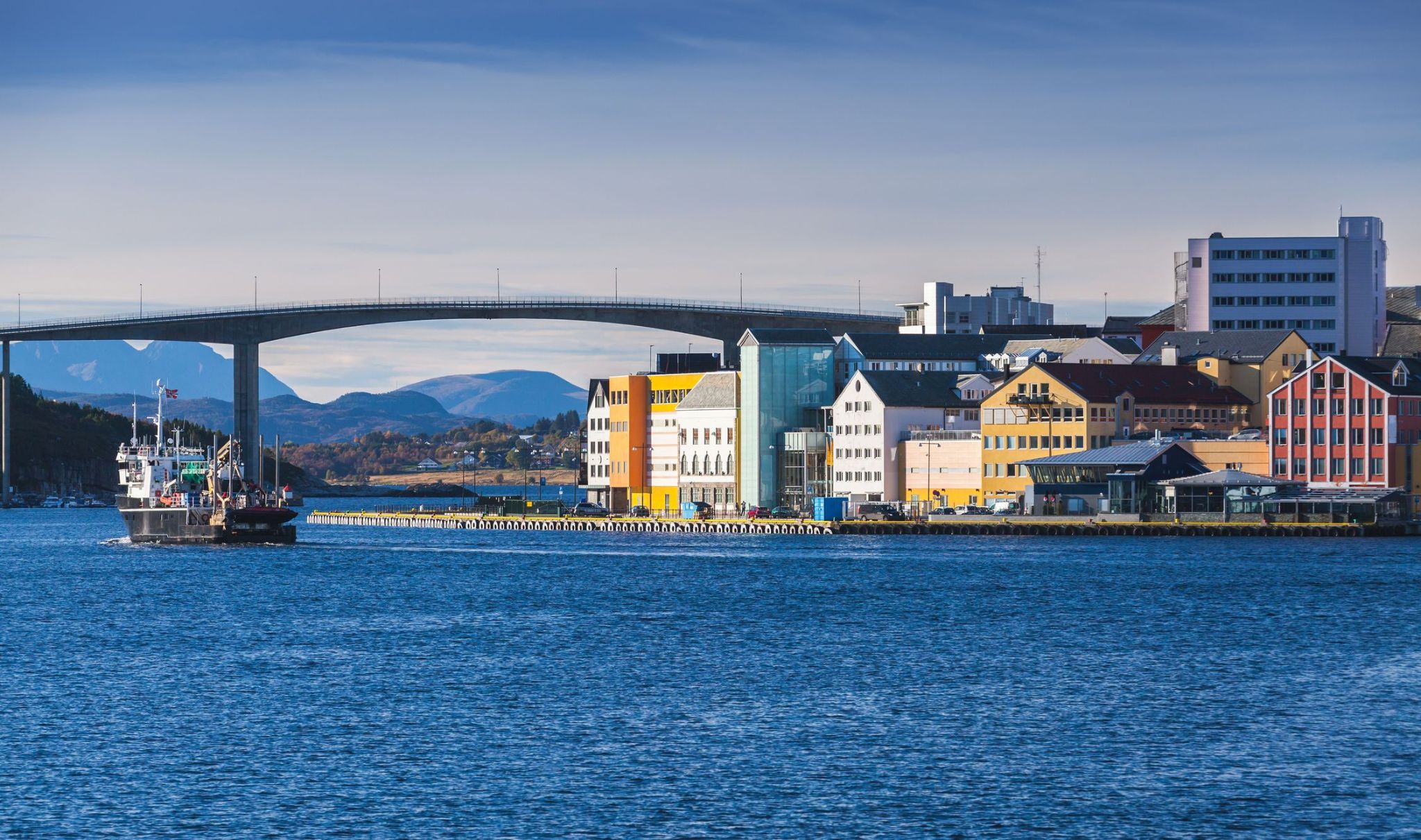
The southernmost coast of Norway invites you to discover the amazing city of Kristiansand. This charming town is surrounded by the sea on three sides. It is the fifth-largest city in the country, and although its center fits within a small area of just 1 km², Kristiansand has much to offer its visitors. It’s not only about the incredibly clean Norwegian air but also many other interesting attractions.
Among them is Norway’s largest zoo, home to 80 species of animals. A visit here will delight both children and adults. You can enjoy rides on carousels, laugh wholeheartedly at the circus, and take the whole family on a sea excursion or spend time together at a playground.
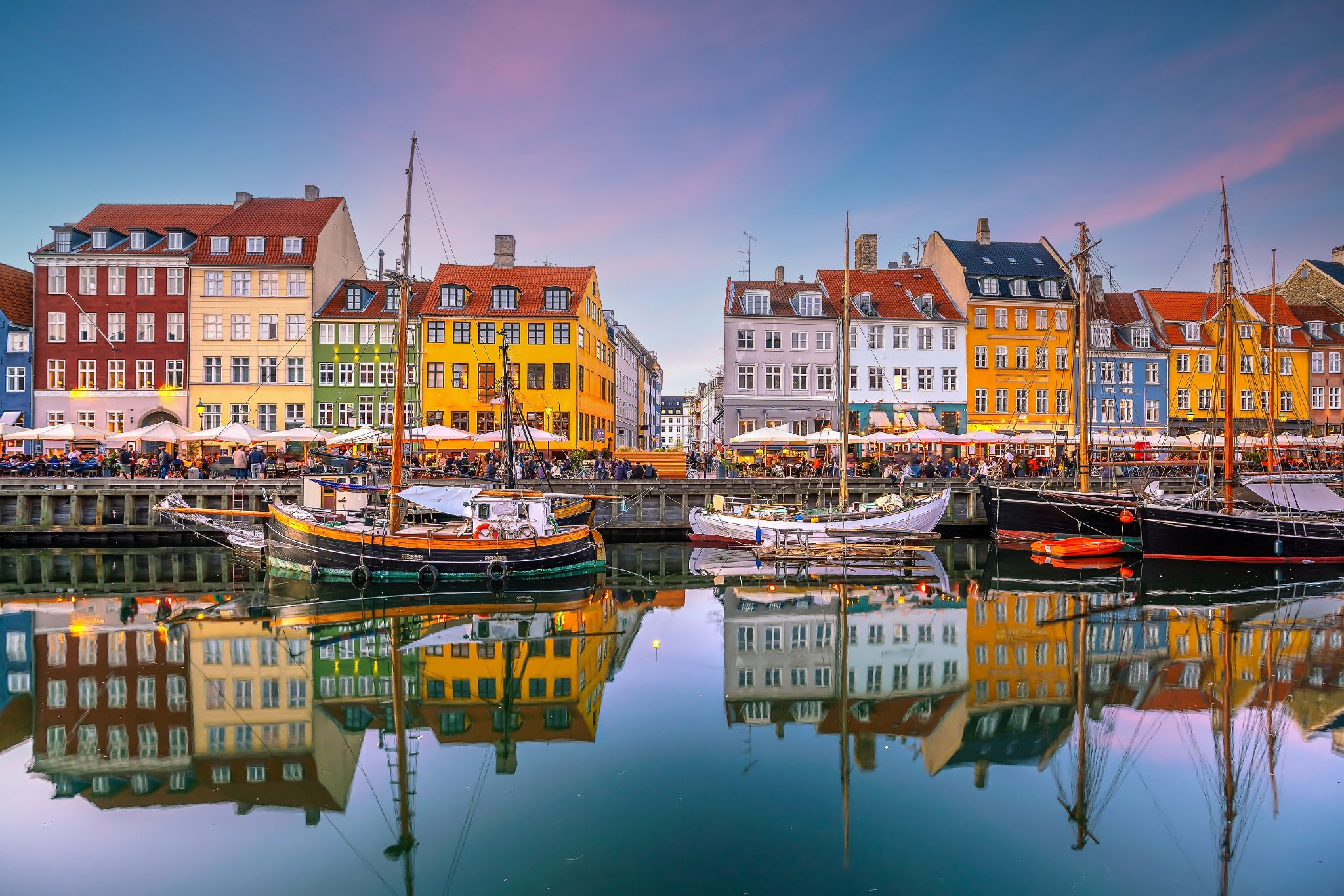
the capital and chief port of Denmark, a city that occupies the eastern part of Zealand and northern part of the island of Amager; population 518,574 (2009).

the capital and chief port of Denmark, a city that occupies the eastern part of Zealand and northern part of the island of Amager; population 518,574 (2009).
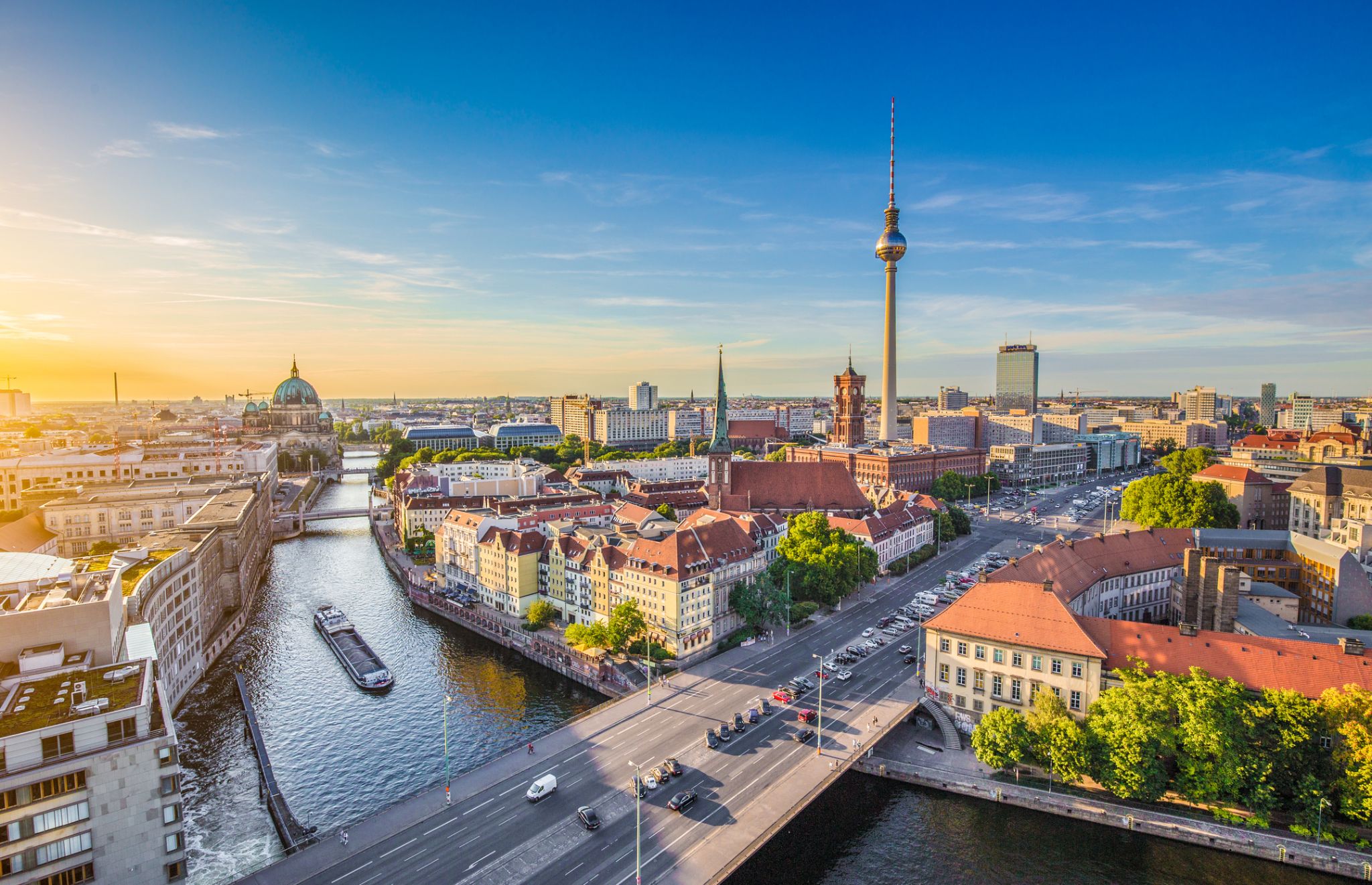
Berlin is the capital and largest city of Germany, by both area and population. With 3.7 million inhabitants, it has the highest population within its city limits of any city in the European Union. The city is also one of the states of Germany, being the third smallest state in the country by area. Berlin is surrounded by the state of Brandenburg, and Brandenburg's capital Potsdam is nearby. The urban area of Berlin has a population of over 4.6 million and is therefore the most populous urban area in Germany.The Berlin-Brandenburg capital region has around 6.2 million inhabitants and is Germany's second-largest metropolitan region after the Rhine-Ruhr;region,as well as the fifth-biggest metropolitan region by GDP in the European Union.

Quiet streets lined with half-timbered houses make Ronne (Rønne) a cozy corner on the Danish island of Bornholm, where every step is filled with the scent of the sea and fresh pastries from local bakeries. The town is known for its ceramics and glass workshops, as well as the cozy atmosphere of its fishing port, where you can taste freshly smoked herring while watching ships slowly enter the harbor. Here, time seems to slow down, allowing you to enjoy strolls through the old town with its cobblestone streets and picturesque houses that have preserved their 18th-century charm.
In Ronne, travelers will find a peaceful retreat with a touch of Danish coziness and the creative spirit of the island. The Bornholm Museum offers insights into the island's history and maritime traditions, while walks along the coast reveal rocky shores and clean beaches inviting relaxation year-round. This town is the perfect place for those who wish to experience authentic Denmark, breathe in the sea air, and discover the warm hospitality of Bornholm.
